Updates From Version 23 Of Business Central (Vol. II)
In the entry of last week, we analyzed some of the innovations that Microsoft has incorporated into the leading SMB market ERP. The manufacturer has implemented numerous developments to enhance the user experience. In this second entry, we explain the rest of the most outstanding features of this new release.
Allocation Accounts
This new version brings us a new way to redistribute costs/income directly from most journals and invoices. Until now, periodic journals were configured to redistribute costs/income to final dimension values.Now, BC allows us to configure cards where we include a key to distribute by applying the distribution percentage on the account and dimension values required.
We can now observe, when opening the options for the Type of Movement / Counterpart Movement journal field, the ASSIGNMENT ACCOUNT line. When selecting this option, the system shows us the keys that have been created. The configuration of distribution keys is done through a new page called Allocation Accounts.

We can choose 2 distribution methods:
FIXED DISTRIBUTION
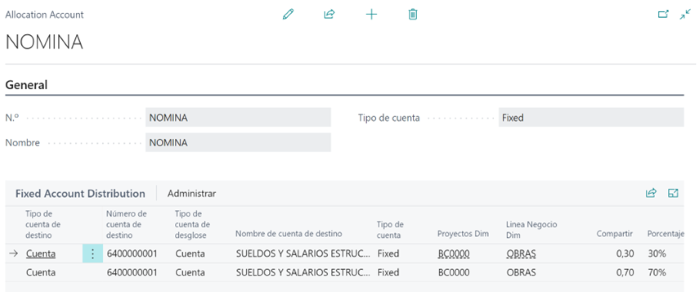
The Manage submenu allows us to simulate calculations and include dimensions.

The upper amount is used to simulate the calculation since the actual amount is determined in the Journal.
Destination Account No: is the account the system uses as a counterpart to the journal account.

For example, if we need to distribute the payroll recorded in accounting among different dimensions, we access the journal and determine the account with the amount to be distributed. In another line, we select the allocation code.

Following the ERP philosophy, the system allows us to preview the record.

Fixed Invoice Lines Distribution
In the document lines, you can indicate Type = ASSIGNMENT ACCOUNT and in Number, the distribution template of interest.
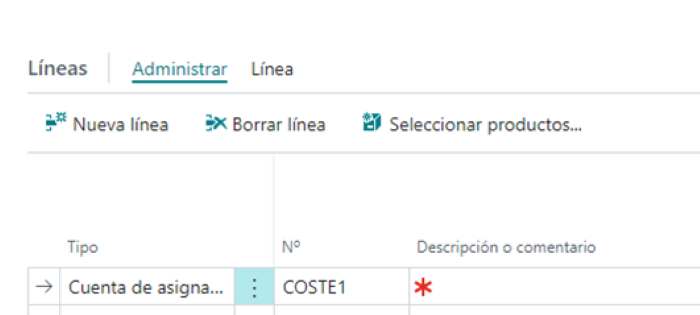
In this example, we distribute €1,000 among three dimension values.

When the document is registered, the system distributes the amount based on the established percentage:

VARIABLE DISTRIBUTION
Variable distribution represents a distribution based on the weighting of the balances of the accounts to be distributed. The percentage is calculated by the system. In this case, the user determines the accounts that will serve as a reference in the distribution. It can be practical for distributing indirect costs based on the income of a period and dimension values.

In the journal, we indicate the account we want to distribute.
In the distribution card, it has:
Type Destination Account: is the counterpart account of the journal where the breakdown will be recorded.
Type Breakdown Account: account used by the system to calculate the amount per period and thus obtain the weighted percentage.
Calculation Period: Balance at Date, Month... temporary formula Start Date..End Date
It also allows the system to use Statistical Accounts to determine values outside of accounting and thus be able to distribute, for example, by the number of employees.

Inherit from Primary Element
Assign income and costs to multiple general ledger accounts - Business Central | Microsoft Learn
CONSOLIDATION BETWEEN DIFFERENT TENANTS (API)
In this new version, it will not be necessary to export TXT files if the companies are in different Tenant databases (cloud service client). Now we can configure an API (application interface) for the information to communicate.

This URL is copied and pasted into the Business Unit of the other database. Once connected, the consolidation process can be carried out in the company created for this purpose.
REFRESH PAGE IN CASE OF ERROR
In previous versions, to exit an error message, we pressed the Refresh F5 option. In this new version, they have included the action to refresh within the error message with the refresh icon.
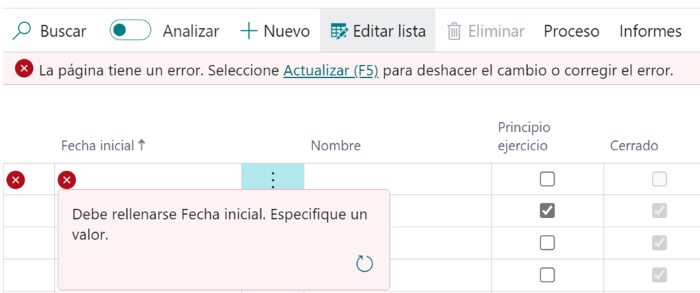
LINKED COMPANIES (INTER COMPANY)
In this version of BC, a page has been created that groups the configuration of linked companies and their partners. Before, the COMPANY PARTNER had to be indicated on the company information page, then the PARTNER CARDS, and finally, the CHART OF ACCOUNTS (IC). IC is maintained because previously linked companies were known as INTERCOMPAY. Now, the dimensions to be used in operations between companies are also determined here.
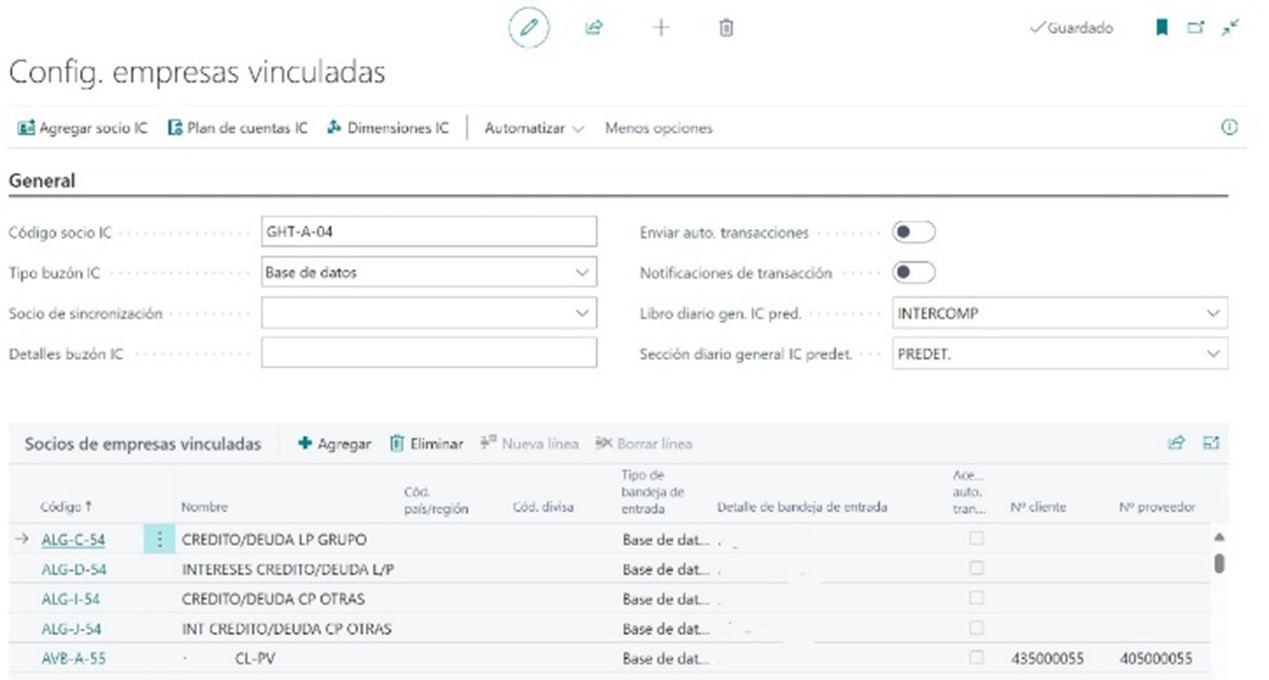
CURRENCY ADJUSTMENT
If the feature is activated, the system allows adjusting the currency per movement, also allowing adjusting the related dimension. Previously, the adjustment was made in a single cumulative entry.
VAT PRO-RATA
In this version, the management of Special Prorata VAT has been included, allowing determining the % of prorata to apply to each operation. By default, it is not displayed, and to activate it, you must access VAT Setup. Once activated, it cannot be deactivated.
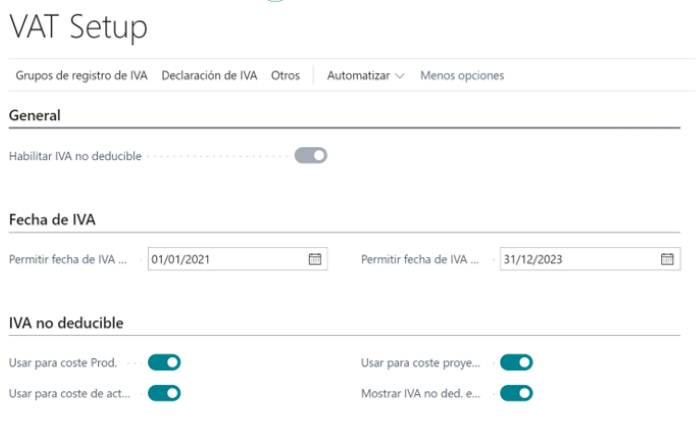
Now, the system allows us to determine VAT combinations in VAT Configuration to establish the % of prorata applied to the operation.

In VAT movements, you can see the prorata details:

And in the VAT Declaration, you can filter:
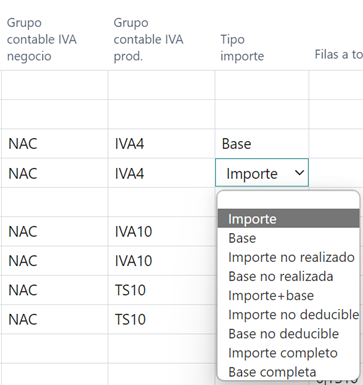
Warehouse Management Updates
There are many improvements in this version of Business Central; some respond to long-standing partner demands, such as being able to launch reservations against stocks or block products by variables. We list the most relevant ones:
Reservations against Stock
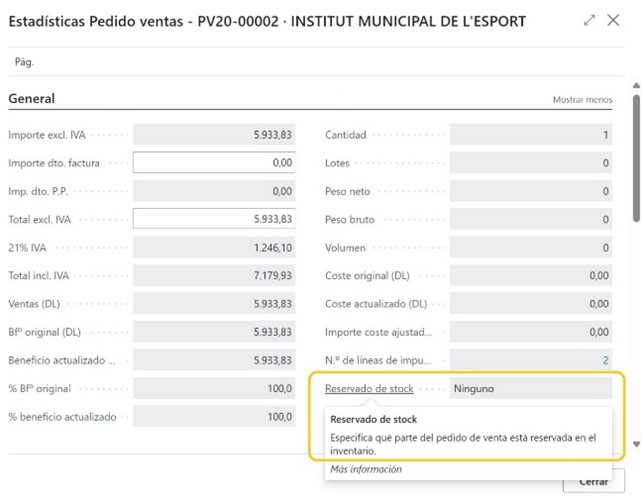
Location Policy in Basic Warehouse

Warehouse Options for Production, Assemblies, and Projects
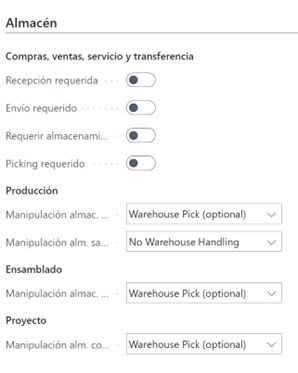
Purchases and Sales Blocking by Variant

Product References by Date

Print Product Barcodes

As you may have seen, there are many improvements in this new version of the ERP. The new features, such as integrated artificial intelligence, workflow automation, and advanced customization capability, elevate operational efficiency to exceptional levels. The ability to access real-time data and seamless integration with other Microsoft applications provide a comprehensive view of business operations. Additionally, Business Central's flexibility to adapt to different industries and company sizes is key to its widespread adoption. Companies of all sizes can benefit from this solution, from small startups to large corporations.
In conclusion, the innovations introduced in Microsoft Dynamics 365 Business Central aim to transform the way companies manage their operations. The combination of technological innovation, adaptability, and ease of use consolidates its position as a comprehensive and strategic tool for business success in the current landscape.
If you have any questions regarding these updates, feel free to contact our sales team, and we will be happy to assist you!
Share